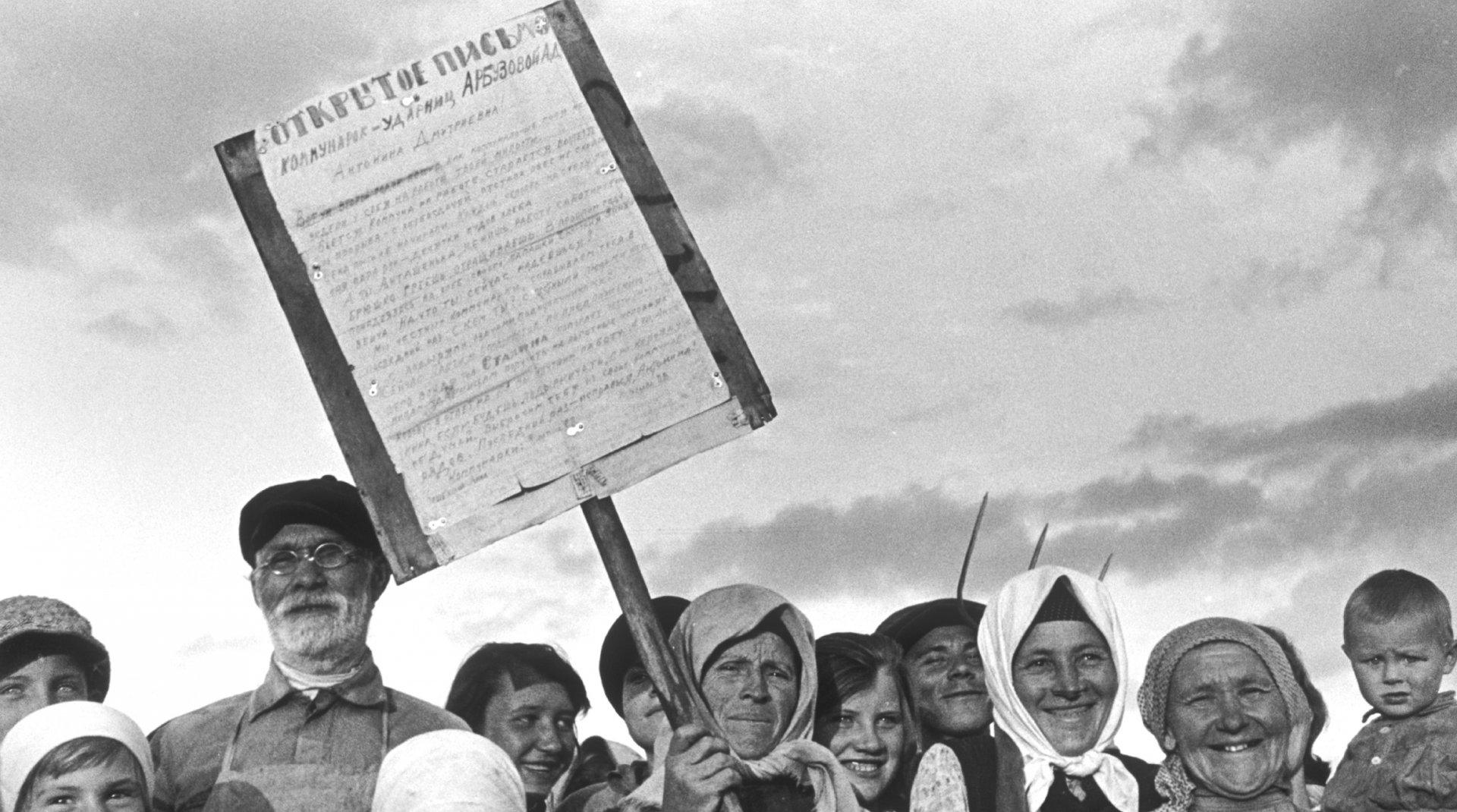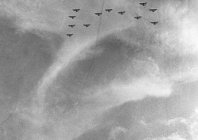
Retrospective
Mark Markov-Grinberg
Mark Borisevich Markov-Grinberg was born in 1907 in Rostov – on – the - Don. Now aged 95, he is one of the few photographers alive to have lived through the entire history of the Soviet Union.
Interested in writing, he started working for “Soviet South” newspaper as early as 1925. But very soon he began to take the photographs which accompanied his own articles, aware of the limits of the written word at a time when photography was beginning to take on a major documentary role. He was not the only one to think this way either – in the early twenties Lenin wrote a long piece vaunting the usefulness of photography as a tool for propaganda.
Preview


He learned his trade during the post-revolutionary period in Russia. These were exciting times. Everyone felt they were helping to create a better world and the twenties were the years when there was the greatest artistic freedom. At this time Markov-Grindberg approached his work both from an artistic and a documentary perspective. This combined interest probably explains why he was never part of the constructivist movement even if he was on good terms with A. Rodchenko and B. Ignatovitch: “Usually their strange angles did not appeal to us realists; how can you walk on a diagonal horizon?”
In 1926 Mark Markov-Grinberg moved to Moscow and until 1938 he worked as a correspondent for a variety of magazines and agencies (Ogoniok, Tass, etc.). During this period he took photographs of artists, and his magnificent portrait of the poet V. Mayakovski, taken in 1926 in a hotel room without artificial lighting using a 20-second exposure remains, in his opinion and in ours, a model of its kind. At the same time, following the example of his peers, Markov-Grinberg mainly photographed the construction of industrial sites, the creation of kolkhozes, and mining basins – everything which contributed to the glorification of the country’s economic policy under Stalin. Then came the war years.
In 1938-39 he was a correspondent during the war against Finland. He was called up between 1941 and 1943, but continued to take photographs whenever he could, and in 1943 he became a correspondent for the army journal, “Slovo Boitsa”.
His war photographs, which are almost unknown in the West, were deservedly well-received in the USSR. After the war he continued to work for a variety of magazines and agencies.
The work that is presented here at Visa pour l’Image is his first solo exhibition in France.
Mark Grosset
Exhibition introduced by Mark Grosset


